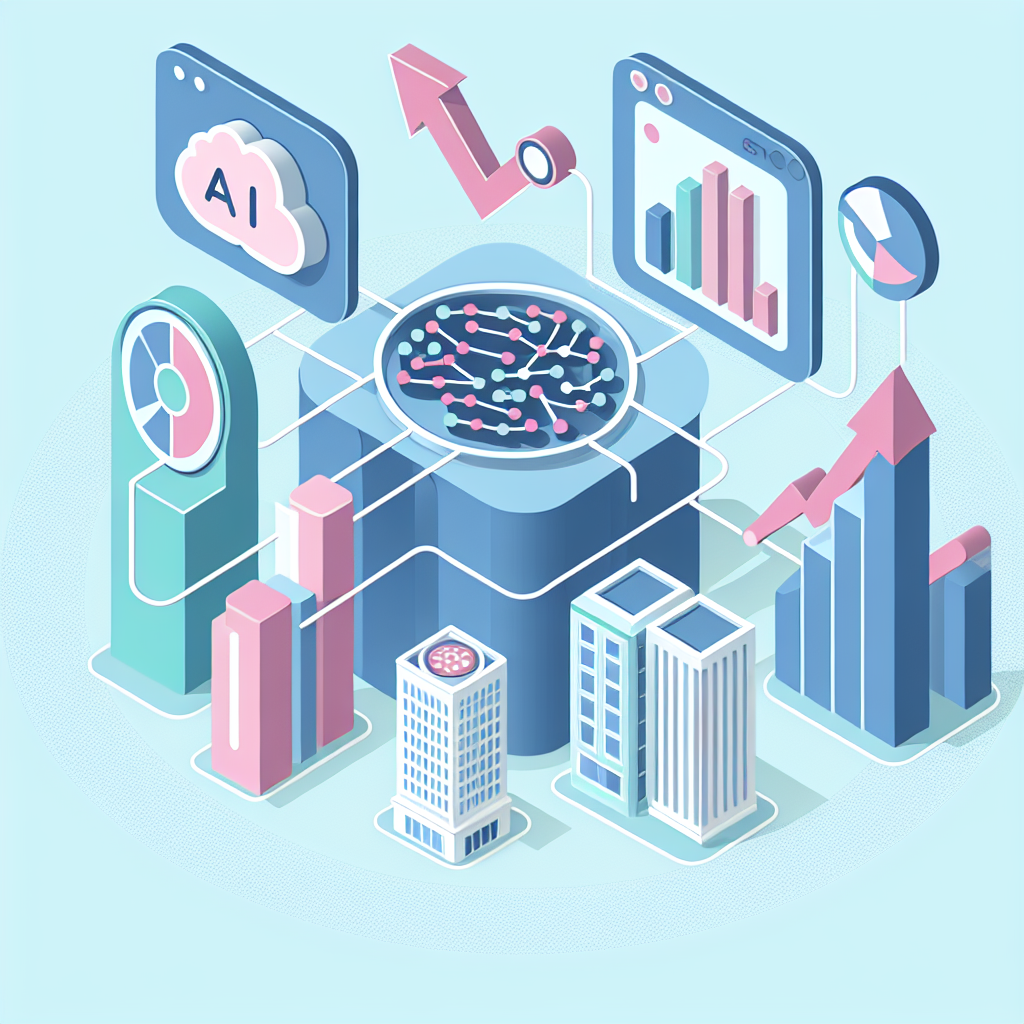In today’s fast-paced and highly competitive banking industry, the ability to accurately predict customer behavior and market trends is crucial for driving business growth. This is where artificial intelligence (AI) and predictive analytics come into play, offering banks the tools they need to stay ahead of the curve and make informed decisions that can lead to increased revenue, improved customer satisfaction, and enhanced operational efficiency.
AI and predictive analytics are revolutionizing the way banks operate by enabling them to analyze vast amounts of data in real-time and uncover valuable insights that can help them make more informed decisions. From identifying potential loan defaults to predicting customer churn, these technologies are empowering banks to proactively address potential risks and opportunities, ultimately driving business growth.
One of the key ways in which AI and predictive analytics are driving business growth in banking is through the use of personalized marketing strategies. By analyzing customer data and behavior patterns, banks can tailor their marketing campaigns to target specific customer segments with relevant offers and promotions. This not only helps banks attract new customers but also strengthens relationships with existing ones, leading to increased customer loyalty and retention.
Furthermore, AI and predictive analytics are also helping banks improve risk management by identifying potential fraud and compliance issues before they escalate. By analyzing transactional data and patterns, these technologies can detect suspicious activities and alert banks to potential risks, enabling them to take timely action to mitigate losses and protect their reputation.
In addition, AI and predictive analytics are also being used to optimize operational efficiency in banking. By analyzing operational data and performance metrics, banks can identify bottlenecks and inefficiencies in their processes and make data-driven decisions to streamline operations and reduce costs. This not only improves overall performance but also frees up resources that can be reinvested in driving business growth.
Overall, the combination of AI and predictive analytics is enabling banks to gain a competitive edge in the market by empowering them to make smarter decisions, improve customer experiences, and drive business growth. As these technologies continue to evolve, we can expect to see even more innovative applications that will further transform the banking industry and help banks stay ahead of the curve.
FAQs:
Q: How are AI and predictive analytics different from traditional analytics?
A: Traditional analytics rely on historical data to analyze trends and make decisions, while AI and predictive analytics use advanced algorithms to analyze real-time data and predict future outcomes.
Q: How can banks benefit from using AI and predictive analytics?
A: Banks can benefit from using AI and predictive analytics by improving customer targeting, reducing risks, optimizing operations, and driving business growth.
Q: Are there any risks associated with using AI and predictive analytics in banking?
A: While AI and predictive analytics offer numerous benefits, there are also risks associated with data privacy, security, and bias that banks need to be aware of and address.
Q: How can banks ensure the accuracy and reliability of AI and predictive analytics?
A: Banks can ensure the accuracy and reliability of AI and predictive analytics by investing in quality data, validating algorithms, and regularly monitoring and updating models to reflect changing market conditions.
Q: What are some examples of successful applications of AI and predictive analytics in banking?
A: Some examples of successful applications of AI and predictive analytics in banking include personalized marketing campaigns, fraud detection, risk management, and operational optimization.

